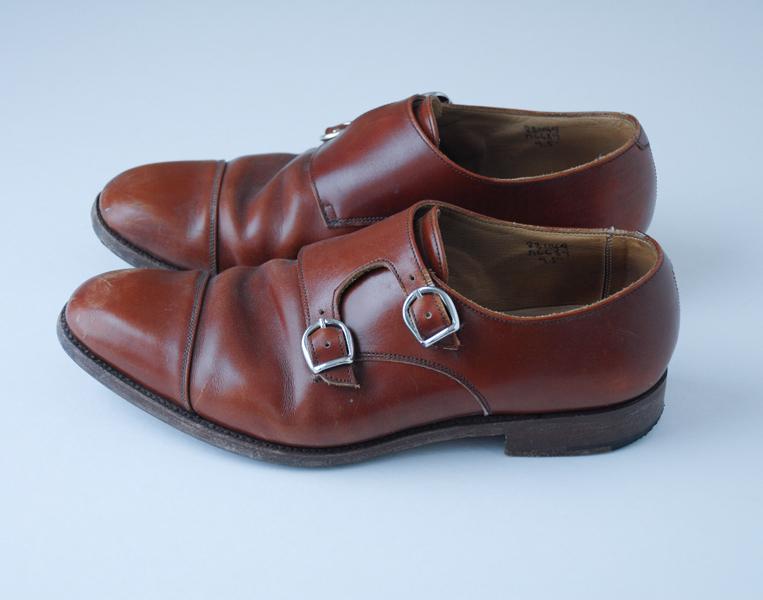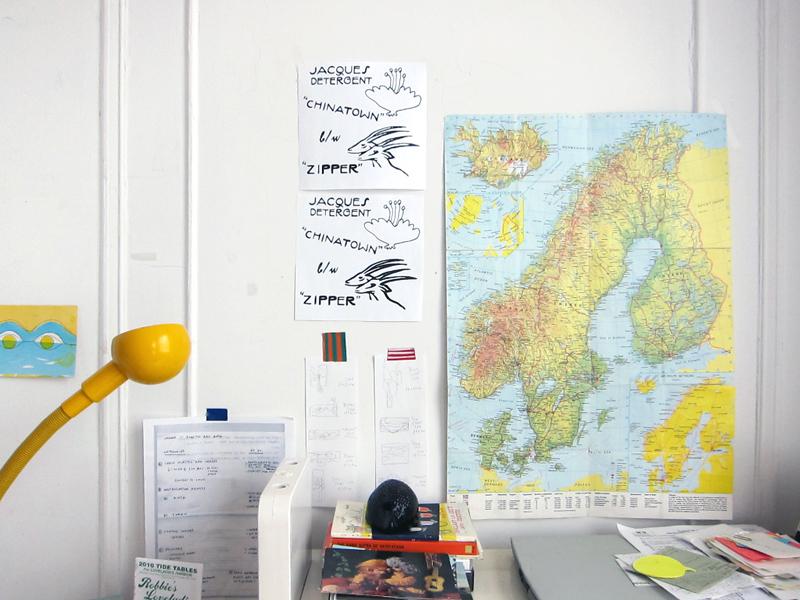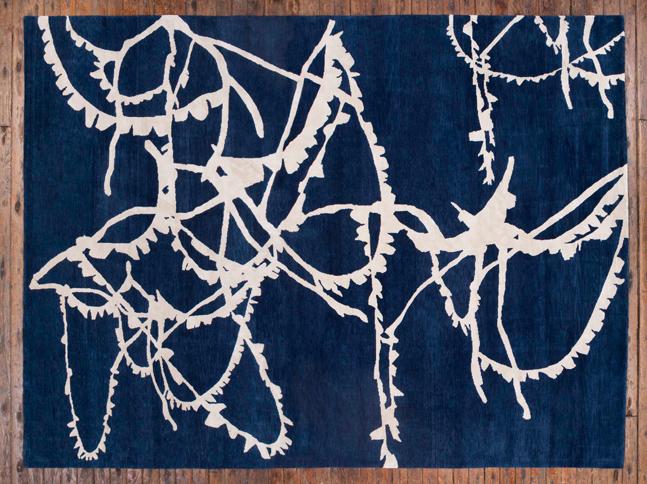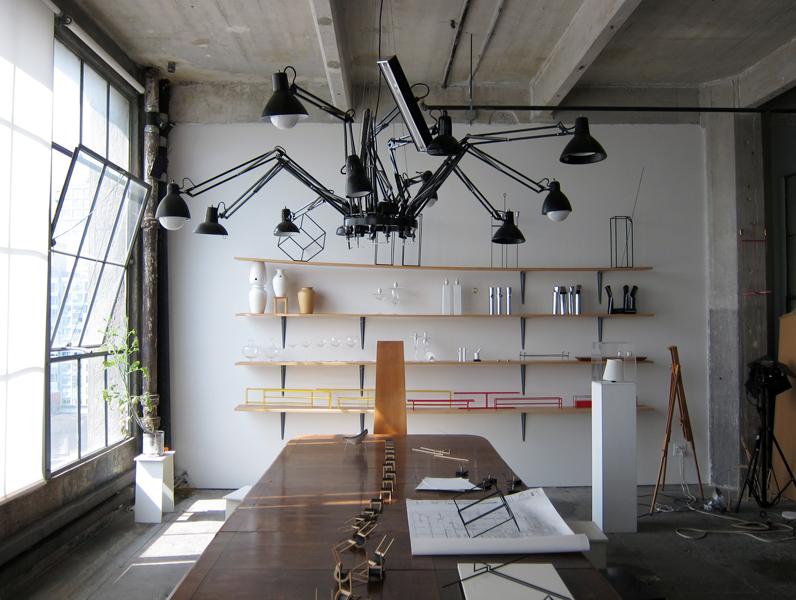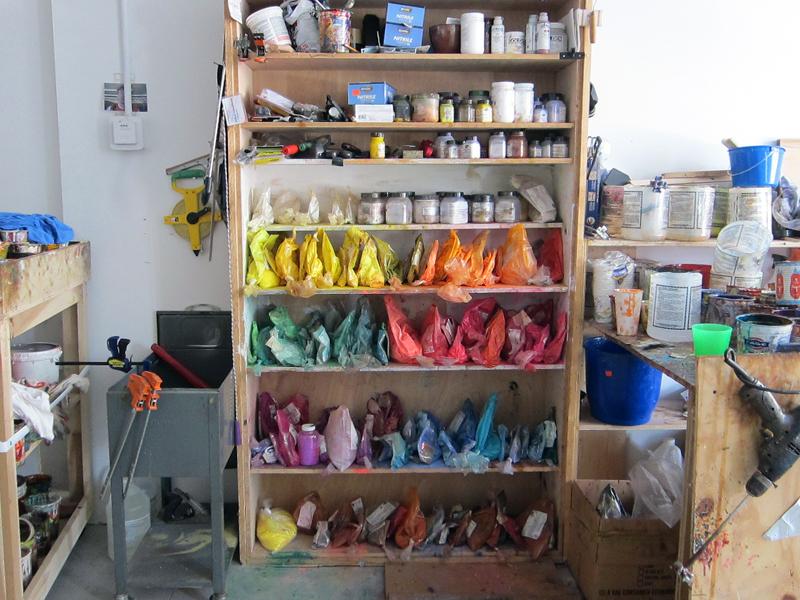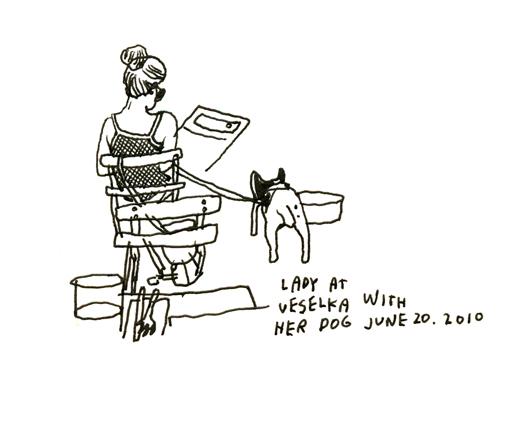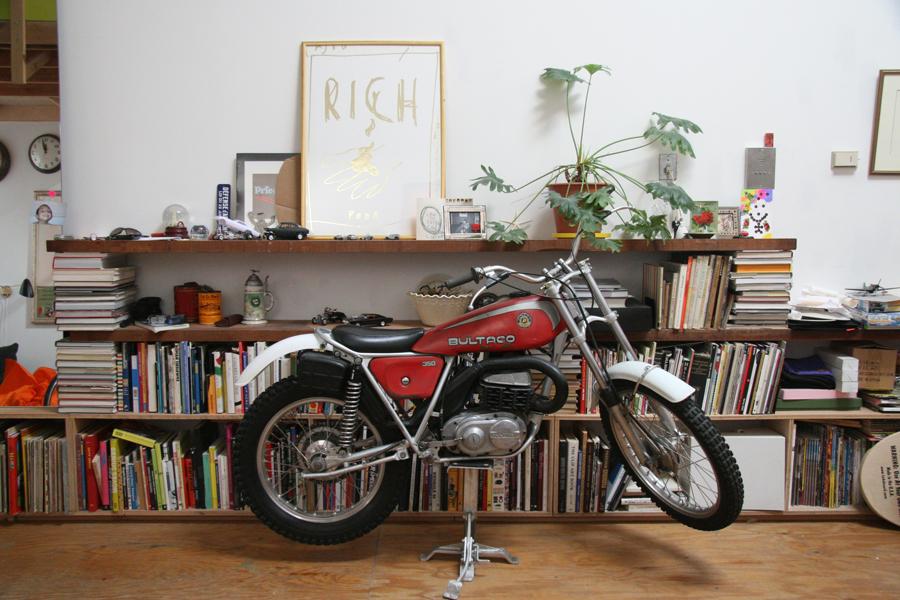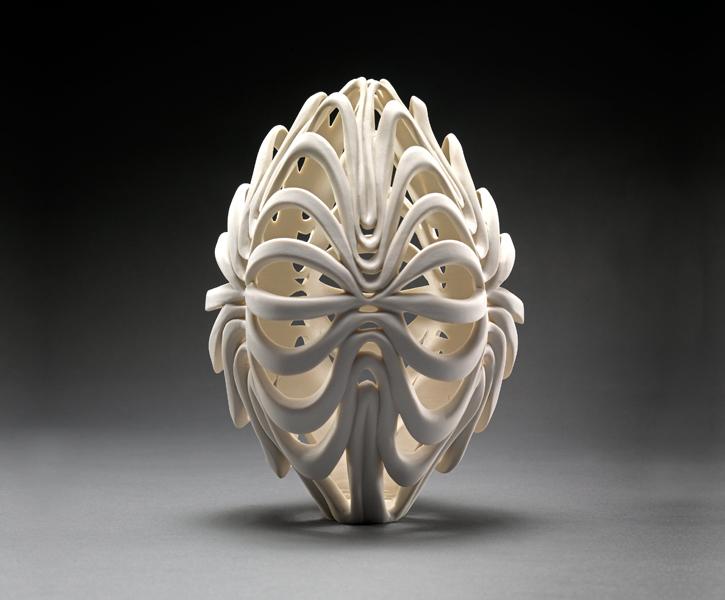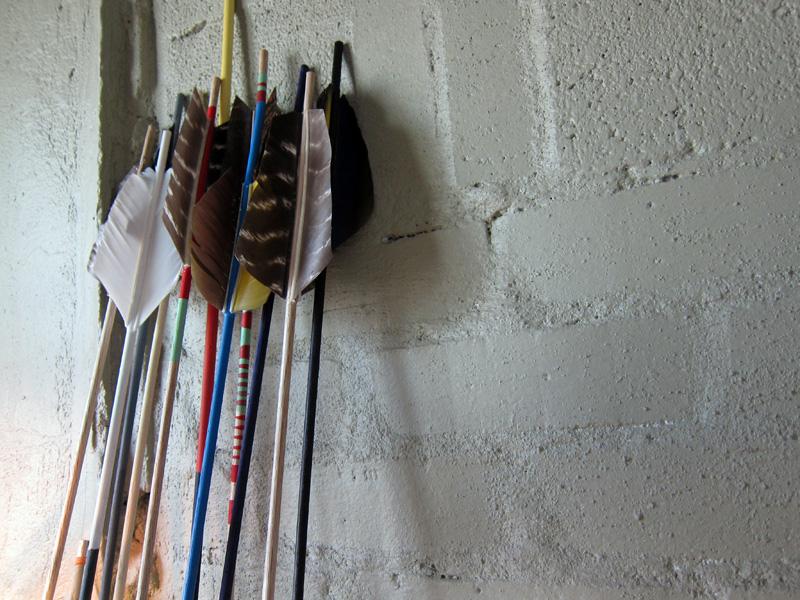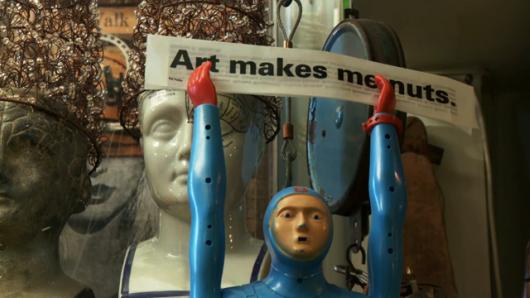
09.24.10
Sighted
Lost & Found Films’s This Must Be the Place
The first film in a new series exploring the idea of home, by New York–based documentary duo Lost & Found Films, takes us inside the Boerum Hill apartment of Korean assemblage artist Chong Gon Byun. Like many object artists, Byun decorates through a process of accumulation, and he seems to regard his home as an extended art piece, fretting over the positioning and juxtaposition of each thing. The series, called This Must Be The Place, is the first self-initiated project by filmmakers Ben Wu and David Usui, who since forming Lost & Found a year ago have produced short docs mostly on commission for the likes of Wallpaper, Good, Wired, and The New York Times. We recently caught up with them to chat about the new project.
